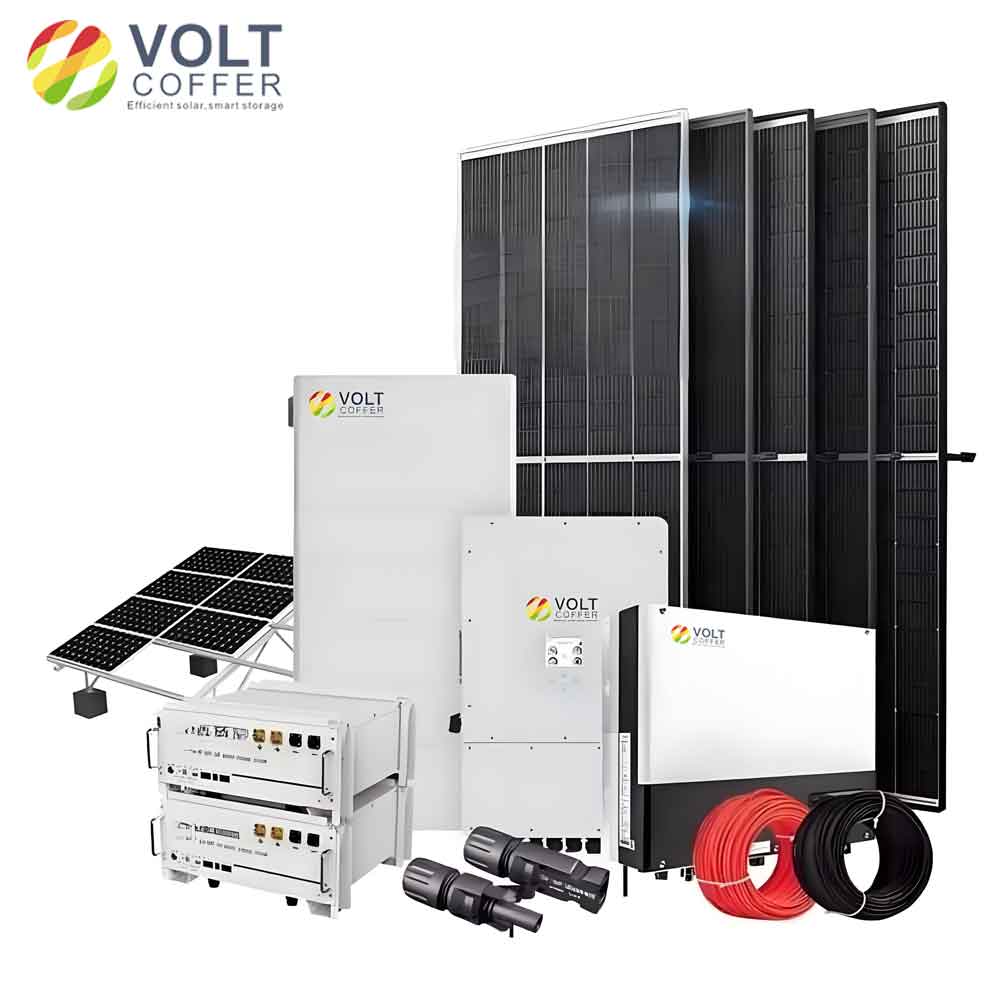The adoption of solar energy has been a game-changer in the quest for sustainable and renewable energy sources. Home solar battery systems are at the forefront of this revolution, offering a way for homeowners to harness and store solar energy efficiently. These systems not only enhance energy independence but also contribute significantly to grid resilience.
Understanding Home Solar Battery Systems
Home solar battery systems are designed to store excess energy produced by solar panels during the day for use during the night or cloudy days. This stored energy can power a home when solar panels are not generating electricity, ensuring a continuous and reliable power supply.
Key Components of a Home Solar Battery System
- Solar Panels: Capture sunlight and convert it into electricity.
- Inverter: Converts the DC electricity generated by solar panels into AC electricity used by household appliances.
- Battery Storage: Stores excess electricity generated during the day for later use.
- Charge Controller: Regulates the power going into and coming out of the battery.
Benefits of Home Solar Battery Systems
1. Energy Independence
One of the most significant advantages of home solar battery systems is the ability to achieve energy independence. Homeowners can generate their own electricity and reduce reliance on the grid. This is particularly beneficial in areas prone to power outages or where electricity prices are high.
2. Grid Resilience
Home solar battery systems contribute to grid resilience by providing a decentralized source of power. During peak demand times or grid failures, these systems can supply power, reducing the strain on the central grid. This decentralization makes the entire energy infrastructure more robust and less susceptible to widespread outages.
3. Cost Savings
By storing excess solar energy, homeowners can significantly reduce their electricity bills. They can use stored energy during peak hours when electricity rates are highest, avoiding expensive utility charges. Additionally, some regions offer incentives and rebates for installing home solar battery systems, further enhancing the cost-effectiveness.
4. Environmental Impact
Using solar energy reduces the reliance on fossil fuels, thus lowering greenhouse gas emissions. Home solar battery systems contribute to a cleaner environment by promoting the use of renewable energy sources.
Types of Home Solar Battery Systems

There are several types of batteries used in home solar systems, each with its own advantages and limitations. The most common types include:
| Battery Type | Advantages | Disadvantages |
|---|---|---|
| Lead-Acid | Cost-effective, Reliable | Shorter lifespan, Requires maintenance |
| Lithium-Ion | Long lifespan, High efficiency | Higher cost, Limited availability |
| Flow Batteries | Long lifespan, Scalability | Complex, High initial cost |
| Nickel-Cadmium | Durable, Performs well in extreme temperatures | Toxic, Expensive |
Lead-Acid Batteries
Lead-acid batteries are the most traditional type of home solar battery system and are widely used due to their cost-effectiveness and reliability. However, they have a shorter lifespan and require regular maintenance.
Lithium-Ion Batteries
Lithium-ion batteries are becoming increasingly popular due to their high efficiency and long lifespan. They require less maintenance compared to lead-acid batteries and have a higher energy density, which means they can store more energy in a smaller space. However, they are more expensive and their availability can be limited.
Flow Batteries
Flow batteries offer a long lifespan and are scalable, making them suitable for larger installations. They are complex and have a high initial cost, which can be a barrier for some homeowners.
Nickel-Cadmium Batteries
Nickel-cadmium batteries are durable and perform well in extreme temperatures. However, they are toxic and expensive, which makes them less appealing for residential use.
Installation and Maintenance
Installation Process
Installing a home solar battery system involves several steps:
- Assessment: A professional assessment to determine the appropriate system size based on energy needs.
- Design: Custom system design to optimize performance.
- Installation: Professional installation of panels, inverters, batteries, and controllers.
- Integration: Integrating the system with the home’s electrical setup.
- Testing: Thorough testing to ensure the system operates efficiently.
Maintenance Tips
- Regular Inspections: Periodic inspections to ensure all components are functioning correctly.
- Battery Care: Proper maintenance of batteries, especially for lead-acid types.
- Cleaning Panels: Regular cleaning of solar panels to ensure maximum sunlight absorption.
- Software Updates: Keeping the system’s software up to date for optimal performance.
Conclusion
Home solar battery systems are pivotal in the journey towards energy independence and enhanced grid resilience. They provide a reliable, cost-effective, and environmentally friendly solution for homeowners looking to take control of their energy needs. As technology continues to advance, these systems will become even more efficient and accessible, making solar energy a cornerstone of our sustainable future.
